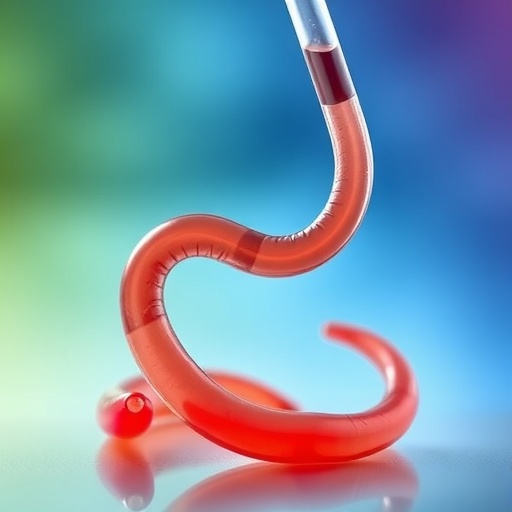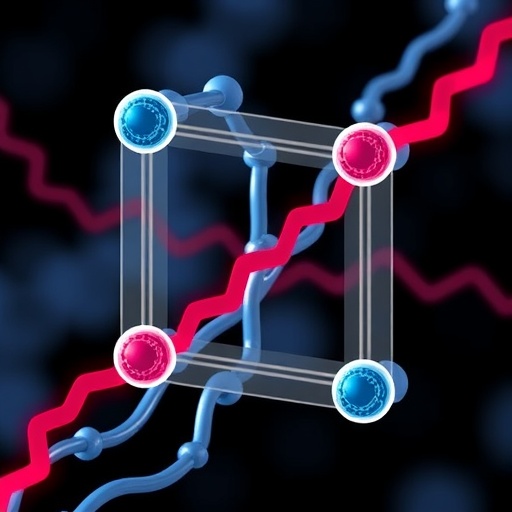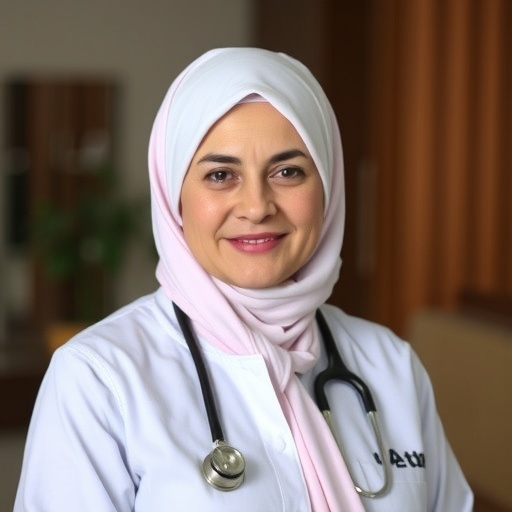In a groundbreaking advancement poised to reshape organ transplantation and preservation, Heiko Yang, MD, PhD, assistant professor of urology at the University of Colorado Anschutz Department of Surgery, has secured a prestigious grant from the National Institutes of Health (NIH) to refine his innovative discovery: a blood substitute derived from earthworm hemoglobin capable of maintaining the viability of organs outside the human body. This development addresses a long-standing challenge in transplant medicine—overcoming the limitations imposed by the use of donated blood in organ preservation—and may herald a new era where organs remain viable for longer durations, potentially days, prior to transplantation or research.
Current clinical protocols typically rely on donor blood to perfuse and sustain organs ex vivo during transport and prior to implantation. However, human blood, while biologically optimized for oxygen transport in vivo, is fraught with significant practical drawbacks in the context of organ preservation. Blood products are scarce, costly, have a limited shelf life, and are prone to rapid degradation when circulated through mechanical perfusion devices designed to imitate cardiac and pulmonary functions. Furthermore, red blood cells themselves, the principal oxygen carriers, are fragile; they lyse under mechanical stress, releasing toxic free radicals and hemoglobin fragments which can exacerbate organ damage and inflammation during perfusion.
Dr. Yang’s research circumvents these challenges by harnessing a unique hemoglobin-like molecule derived from earthworms. This molecule, unlike mammalian hemoglobin, boasts exceptional shelf stability and a molecular structure that enables effective oxygen transport without the typical vulnerability to oxidative damage or mechanical rupture. Collaborating with Jake Elmer, PhD, at Villanova University, an expert in earthworm hemoglobin, Dr. Yang conducted pilot studies demonstrating that this bio-derived oxygen carrier could successfully sustain the metabolic demands of perfused kidneys outside the body. These encouraging results laid the foundation for the current NIH grant, which aims to optimize the formulation, concentration, and chemical stabilization methods necessary to extend organ viability significantly.
The implications of developing a robust, off-the-shelf blood substitute extend far beyond transplantation logistics. By eliminating reliance on donated human blood products, the medical and research communities could gain unprecedented access to consistent, reproducible perfusates that ensure organ tissue integrity over extended periods. This advancement would not only enhance transplant outcomes by improving organ quality but also accelerate the pace of biomedical investigations involving ex vivo organ models, enabling experiments previously constrained by the unpredictability of blood supply and viability.
The scientific community has long sought synthetic or alternative blood substitutes to address the critical shortages and logistic complications associated with human blood. Attempts with perfluorocarbons, modified hemoglobins, and other oxygen carriers have encountered numerous setbacks, including toxicity, inadequate oxygen delivery, and immune reactions. Dr. Yang’s approach, leveraging a natural yet structurally distinct oxygen carrier from earthworms, represents a novel paradigm that melds biological compatibility with chemical robustness. The proposal to stabilize and fine-tune this hemoglobin-like molecule could circumvent the pitfalls that have beleaguered previous blood substitute candidates.
A pivotal aspect of the ongoing research involves dissecting the biochemical and biophysical properties of the earthworm-derived hemoglobin in the context of organ perfusion. Detailed characterization of oxygen affinity, molecular size, and circulatory dynamics will inform the determination of ideal perfusion parameters. Dr. Yang’s team plans to explore whether additional chemical modifications are required to enhance stability, prevent aggregation, or modulate oxygen release kinetics, all of which are critical to mimic physiological oxygenation without eliciting adverse reactions in human tissue.
If successful, a perfusion system powered by this earthworm hemoglobin substitute could revolutionize organ transplantation infrastructure. Presently, organ viability is often constrained to a narrow window—hours at best—severely limiting the geographic reach of donor-recipient matching and contributing to significant organ discard rates. An extended preservation window enabled by a stable, efficient oxygen carrier would allow for broader donor pools, improved surgical scheduling flexibility, and potentially better immunological matching, thereby improving graft survival rates.
Moreover, beyond the transplanted kidney model, this technology holds promise across multiple organ systems, including liver, heart, and lungs, each with distinct metabolic requirements. The versatility of the earthworm hemoglobin product could pave the way for universal preservation solutions adaptable to various perfusion systems and organ types. This would mark a substantial leap forward, replacing the inconsistent and variable human blood supply with a reliable, ready-to-use alternative optimized for tissue oxygenation and metabolic support.
Researchers underline that this effort embodies a “high-risk, high-reward” strategy, reflecting both the novelty and transformative potential of the approach. The two-year NIH grant supports essential experiments and optimization studies, providing critical data needed to secure subsequent funding aimed at large-scale validation and translational clinical application. The wider transplantation and medical research communities watch with keen interest, hopeful that this earthworm-derived blood substitute will surmount a problem that has lingered unaddressed for decades.
In sum, Dr. Heiko Yang and his collaborators are charting a path that could drastically improve the efficiency and outcomes of organ transplantation. Their work challenges traditional paradigms about oxygen delivery outside the human body and offers a futuristic vision where organs can be reliably preserved without the constraints of blood availability. This innovation promises to enhance both clinical care for transplant recipients and experimental science that relies on viable ex vivo organ models, marking a pivotal moment in the quest to extend the reach and efficacy of transplant medicine.
Subject of Research:
Organ preservation and perfusion using an earthworm hemoglobin-based blood substitute for improving organ transplant viability.
Article Title:
Revolutionizing Organ Transplantation: Earthworm Hemoglobin as a Sustainable Blood Substitute for Enhanced Organ Preservation
News Publication Date:
Not explicitly mentioned.
Web References:
University of Colorado Anschutz Department of Surgery – https://medschool.cuanschutz.edu/surgery
Urology Division – https://medschool.cuanschutz.edu/surgery/divisions-centers-affiliates/urology
Keywords:
Organ transplantation, blood substitute, earthworm hemoglobin, organ perfusion, ex vivo organ preservation, NIH grant, transplantation medicine, kidney preservation, oxygen carrier, blood product alternatives, organ viability, medical innovation.





